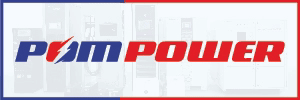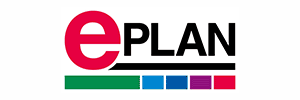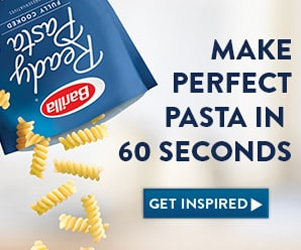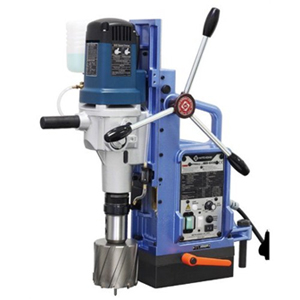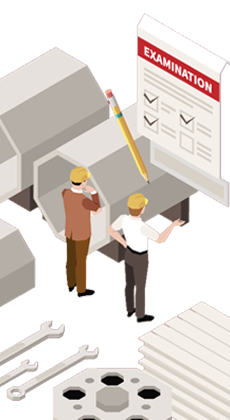Schedule a Call Back
Surface Finishing Equipment Company: High speed particle peen technology
 Articles
Articles- Jul 28,25
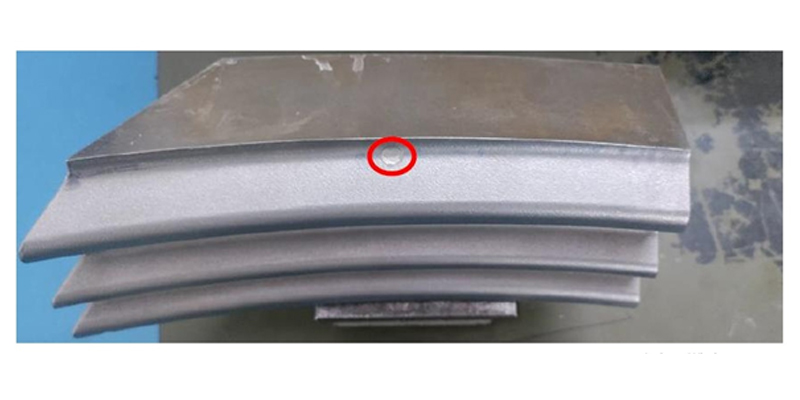
- Presenting small critical components reliably to the shot stream.
- Obtaining complete shot peen coverage at the inside diameter as well as on the outer surface.
- Obtaining repeatable shot peen intensity.
- Obtaining significant residual compressive stress.
- Media selection to obtain all of the above.
- Do all of the above with an economical process suitable for production volumes.
Figure-1: Measurement Locations (on the marked targets)
Sl No | Job ID | Depth, ?m | Stress measured, Mpa |
1 | Blade root | Surface | -555.7 ± 3.1 |
2 | 50 | -675.3 ±6.7 | |
3 | 100 | -699.5 ±7.8 | |
4 | 200 | -676.8 ±6.7 | |
5 | 400 | -675.1 ±7.1 |
Figure-2: Measurement Locations (on the marked targets)
Sl No | Sample ID | Measurement location | Stress value measured in Mpa |
1 | Body injector | P1 - 5mm | -508.8 ±12.5 |
2 | P2 - 35mm | -554.5 ±9.0 | |
3 | P3 - 49mm | -589.7 ±21.2 | |
4 | P4 - 66mm | -523.7 ±7.8 | |
5 | P5 | -424.3 ±19.7 | |
6 | P6 | -520.9 ±10.2 |
With inspiration from our peening technology and innovation from our engineering group, it is now possible to economically and reliably enhance the fatigue life of critical components.
About the author:
Chirag Modi is the Director of Engineering and Technology at Surface Finishing Equipment Company.
For details, contact Surface Finishing Equipment Company (SURFEX), Jodhpur (Rajasthan), on Mob: +91 98299 21925, Email: info@surfexindia.com, or visit: www.sfecindia.net
Related Stories

Varroc appoints Avinash Chintawar as Chief Operating Officer
Varroc appoints Avinash Chintawar as COO to enhance operational efficiency and align with long-term strategic goals, focusing on sustainable growth.
Read more
Revolt Motors Welcomes Roy Kurian as President to Lead Future Growth
Revolt Motors reinforces its commitment to global leadership, aiming to be India’s No.1 electric motorcycle brand and a major player in sustainable mobility worldwide.
Read more
India’s Automotive Sector Amid Global Uncertainty
The automotive industry is both an engine of growth and a bellwether of India’s global competitiveness. However, the industry needs to build up a strategic roadmap for global success, writes Jupit..
Read moreRelated Products

Automotive Oil Pump
Kalpak Auto Pvt Ltd offers a wide range of
automotive oil pump.
Tata Motors unveils facilities for development of Hydrogen propulsion tech
Tata Motors, India?s largest automobile company, unveiled two state-of-the-art & new-age R&D facilities for meeting its mission of offering sustainable mobility solutions. The unveilings constitute of Read more
Tata Motors plans petrol powertrain for Harrier and Safari SUVs
Tata Motors is in the process of developing a new petrol powertrain for its premium sports utility vehicles, the Harrier and Safari, as confirmed by a senior company official. Currently, these models Read more



